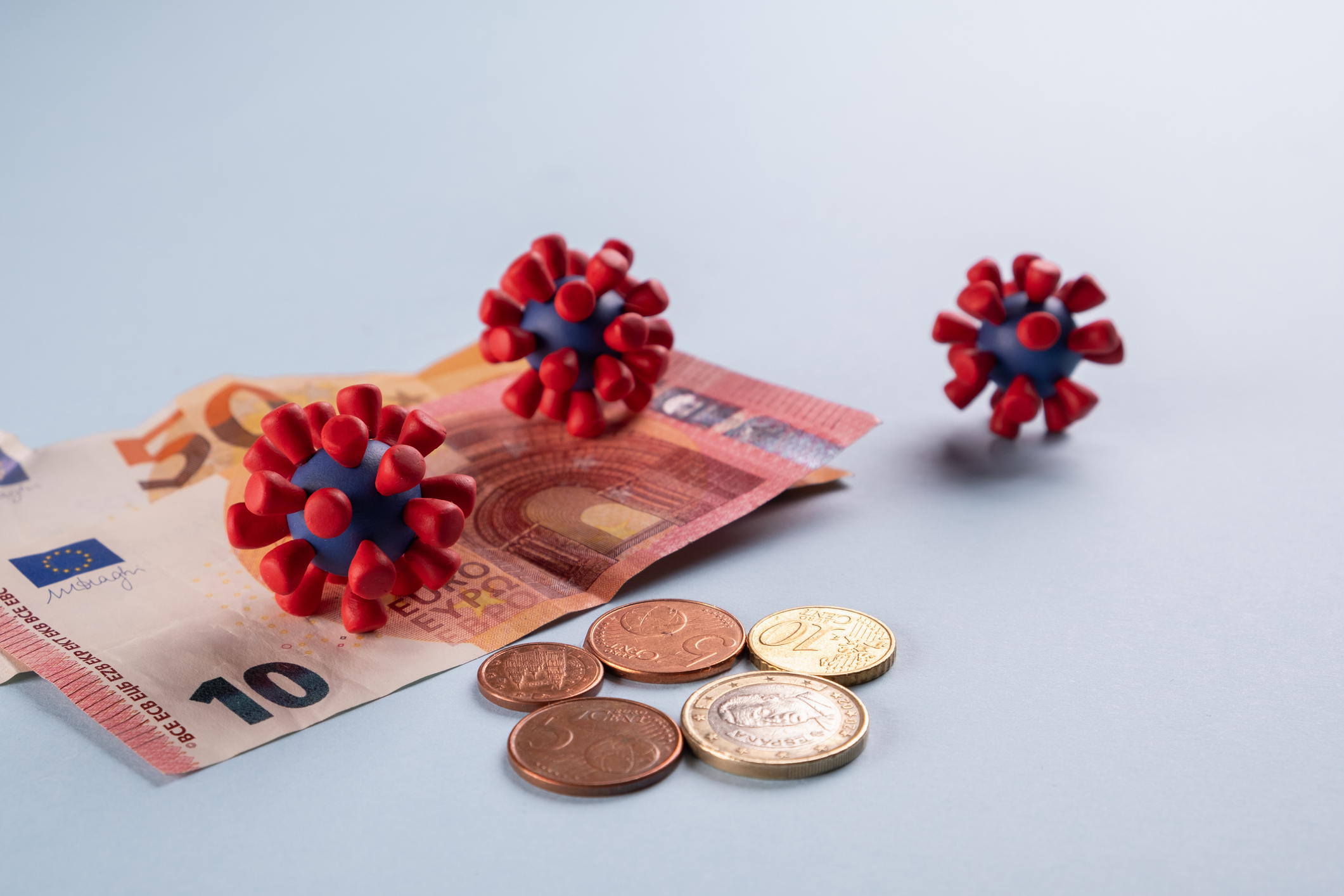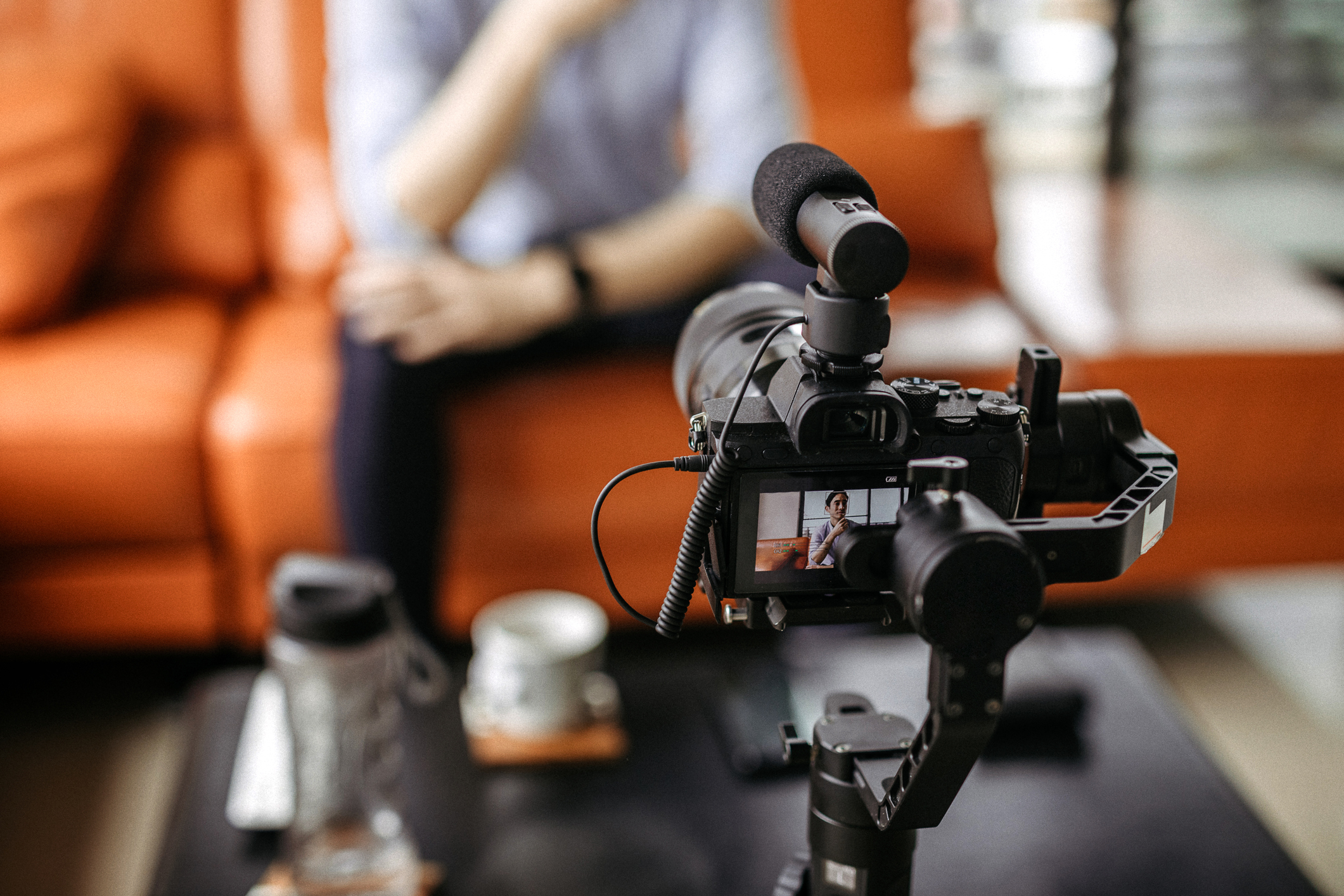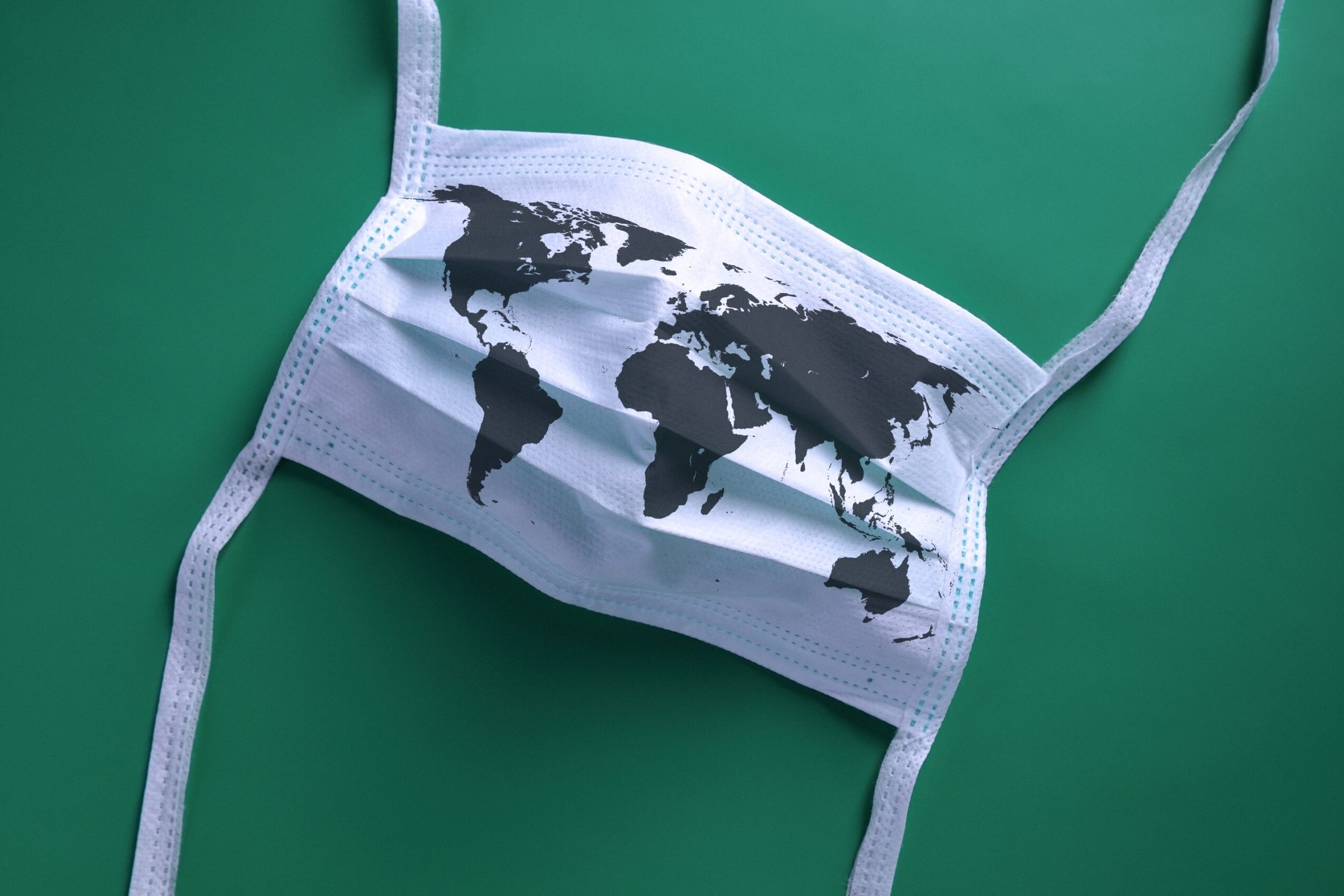Public media’s roadmap to resuming production
By Chloe Howcroft
As lockdown restrictions continue to ease across some parts of the world, many industries are starting to reopen. A return to content production is also taking place. But what might this ‘new normal’ look like for public media?
In the last few months, physical distancing and staying indoors have played a pivotal role in curbing the spread of the COVID-19 virus. But lockdown restrictions have created logistical challenges for public media – indeed, for the wider broadcast media industry – as practically all filming, except for essential COVID-19 content, ceased.
Some broadcasters took on this challenge. In the UK, ITV’s mini-series ‘Isolation stories’ proved that it was possible to produce a timely television drama safely under strict lockdown rules. The BBC recently filmed a special episode of daytime soap opera ‘Doctors’ from home. Elsewhere, most news crews, journalists and presenters have been encouraged to broadcast from home or adapt to broadcasting remotely.
Read more: How have public broadcasters adapted to working from home?
The coronavirus pandemic also exposed new or ongoing financial hardships for many public broadcasters, with some employees agreeing to part time work or accepting voluntary furloughs or buyouts, as many organisations reported losses of income from declining advertising revenue and compromised licence fee collections.
So, a return to some sort of normal production will undoubtedly be welcomed.
Read more: The financial impact of Covid-19 on European public broadcasters
The impact of COVID-19 on local news in the Caribbean region
Collaboration and contingencies
In recent weeks, some public media organisations have joined forces in producing industry-wide roadmaps towards resuming normal production, albeit tentatively and while still following social-distancing rules. Many aim to increase production by the end of June.
Last month, representatives from German public broadcasters ARD and ZDF participated in a digital round-table discussion with other broadcasting and media policy entities from across the country to plan the next steps for restarting production nationwide. Participants agreed to prioritise producing occupational safety guidelines that would consider the ongoing risks from coronavirus as filming restarts as well as setting up a fund, which could be used to recover further economic losses should there be more disruptions to production later on. The conclusion from participants was published by RTL Group:
“Today’s discussions have shown that we have found good models for addressing the coronavirus crisis in a collaborative way. However, as a sector, we face further practical challenges and economic risks when we resume production. Today’s meeting was an important first step towards resolving these matters…”
“However, as a sector, we face further practical challenges and economic risks when we resume production”
Similar guidelines for working safely in production during the Covid-19 pandemic were published on 5 June by the British Film Commission following discussions that took place between public broadcasters BBC and Channel 4, and other UK broadcasters.
Programmes such as British soap opera, ‘EastEnders’, which had to stop filming in March and ration existing episodes during the UK’s national lockdown, is reported to resume filming this month, although under a very different set of practices. Actors will have to do their own hair and make-up as physical distancing will still be maintained.
Speaking about the guidance, Director-General of the BBC, Tony Hall, explained:
“Everyone across the TV industry wants to get production back up and running. Recent weeks have shown just how important shows are to the public. But we can only move forward with the right safety measures in place. This guidance is an attempt to get that right. Clearly we will keep it under review. We have, as an industry, already learnt a lot about how we can deliver programmes and we will all put that into practice.”
Nordvision, a cooperative of Nordic PSM, have also begun planning for a collaborative new Nordic drama as part of their strategy to expand on Nordic and European drama. They are encouraging producers to pitch ideas.
Meanwhile, during COVID-19, Side Effects Public Media, a CPB-funded US public radio collaboration, which focuses primarily on healthcare, partnered with local public radio stations to cover the coronavirus pandemic across the Midwest.
Existing collaborations like these are vital particularly at a time when COVID-19 is having a concerning impact on local and regional news outlets across the US and elsewhere, such as the Caribbean. They could therefore offer PSBs an opportunity to pool resources and ideas together to create content as well as become a source of recovery and support post-pandemic.
Phased returns
Several public media organisations have adopted a phased approach to the number of employees returning to work to maintain safe physical distancing, while still encouraging remote working for remaining employees.
From 12 March, 75-95% of the employees at Swiss public broadcaster, SRG SSR, were encouraged to work from home as part of their COVID-19 prevention measures. At a time when live entertainment shows and sports were cancelled, the short-term implication of this was the lack of live audiences coupled with a potential decline in audience numbers.
But the longer-term problem was presumed to be the ability to produce larger projects such as series or films that require larger crews, explained Bakel Walden, Director of Development and Offering at SRG SSR, who shared the Swiss broadcaster’s plans for returning to normal with PMA.
Yet, as of 11 May, when some institutions and public spaces began to re-open in Switzerland, SRG SSR started its phased approach to increasing the numbers of staff returning to work. Initially, only 20% of staff can return, which will increase proportionately in due course, but Walden highlighted that this is to be treated with caution and flexibility while continuing to follow government guidelines. Some programmes, such as political debates will soon be inviting audiences of 20-30 people into studios.
Walden believes that the broadcaster’s rapid COVID-19 prevention measures were partially an outcome of their existing crisis management training. He explains:
“From our perspective, we have to have the procedures in place. Every 18 months, crisis management teams, including communications and legal teams, train for terrorist attacks, kidnappings, [cyber] attacks on the website, obviously not a pandemic.”
In November, the Swiss broadcaster will be launching a new national streaming service, ‘Play Suisse’ to expand its digital offerings. Last week it also celebrated the re-launch of its online-only platform, SWI swissinfo.ch. Walden reflects that, aside from reviewing “company culture” such as more flexible home-working, the pandemic has provided an opportunity to strengthen the support for its strategy and continue developing its digital services.
While he hopes that they can continue “keeping the momentum” of audiences turning to their platforms post-pandemic, Walden admits that it is “too early to tell”. He stated:
“As a public broadcaster, we have the resources and we have done a great job, but it’s a job. It’s what we get paid for, to be there, and hopefully that will be reflected in feedback.”
“It’s what we get paid for, to be there, and hopefully that will be reflected in feedback”
Finland’s public broadcaster, Yle, also responded swiftly to the pandemic by monitoring staff from the end of February, encouraging approximately 85% of employees to work remotely in either full or part time work and holding meetings online where possible. In a document shared with PMA, Yle states their plans for returning to work:
“Although Finland reduced its COVID-19 restrictions at the beginning of June, Yle continues to follow the same restrictions as in the spring. Remote work is the preferred option in all possible tasks, and in the workplace, we are continuing to work in accordance with the safety instructions given for summer. In exceptional cases only, unit directors can grant permission to have meetings of approximately ten people in an adequately large place, or outdoors, if social distancing and other hygiene instructions are followed.”
Elsewhere, a similar phasing in of employees is being deployed by NHK, Japan’s public broadcaster, with news-casters taking turns to appear in the studio to maintain physical distancing.
While the state of emergency has been lifted in Japan, NHK is determined to continue their coverage of COVID-19 developments in order to prevent the further spread of the infection and will only begin recording programmes that were cancelled due to the pandemic when the correct safety procedures are in place.
Read more: Japan’s emergency reporting
Spain’s public broadcaster RTVE also revealed that, from the beginning of June, it would be introducing a 2000-person capacity in their headquarters, and increasing this to 3000 (approximately 50% of all staff) in September, as laid out in its ‘de-escalation plans’. Physical distancing will still be maintained; surgical masks will be provided and remote working for remaining employees will also still be encouraged.
In March, the public broadcaster was operating with approximately 25% of staff in the headquarters. According to RTVE, the plans were produced in collaboration with labour unions but has emphasised that plans will be adapted if required.
Leading by example
According to ABC Australia, over 100 Australian film and TV productions had been suspended due to COVID-19. However, some filming has now resumed.
Australian soap opera, ‘Neighbours’, a Freemantle Media production, was the first to take the plunge back into production at the end of April, although under unusual circumstances. The studio has been split into ‘quadrants’ and actors have been divided into groups on set to ensure that all cast and crew maintain a safe distance. Physical contact has also been excluded from scripts.
Meanwhile, last week, the first episodes of ITV’s soap opera ‘Emmerdale’ that were filmed during the UK’s lockdown were aired. According to ITV, “Filming has changed drastically with social distancing measures in place on set, including a two-metre pole that is branded to make sure that when directors set up shots there is social distancing in place.”
Adapting to the ‘new normal’
After months of reporting on the way public media have adapted to reporting under lockdown measures, we are now starting to see some of the longer-term impacts of the COVID-19 pandemic on these organisations. From more flexible home-working arrangements and collaborative efforts, to an expansion in digital offerings, these are just some of the ways that public media are evolving to a ‘new normal’ after the pandemic. COVID-19 has also offered broadcasters an opportunity to adapt their response mechanisms to crisis and emergency situations – a key lesson that public media worldwide must review for future crises.
Yet, the pandemic has undoubtedly cast a serious shadow and posed many challenges in terms of “company culture” and the need for cost-cutting measures. While public media may have experienced a significant rise in audience numbers for their trusted news and informative content during the pandemic, the announcement of cuts and job losses as they contend with the funding implications of the crisis as well as changes to the way broader content – particularly entertainment content – is produced under the ‘new normal’, suggest that the recovery from this crisis will be far from simple.
Header Image: Social distancing concept during coronavirus COVID-19 2019-ncov disease oubreak. Credit: zubada/iStock
Related Posts
13th May 2020
The financial impact of Covid-19 on European public broadcasters
Many European public broadcasters are…
29th April 2020
How have public broadcasters adapted to working from home?
For many journalists the Covid-19…
20th March 2020
Covid-19 and public media: Adaptation and contingencies
Many of us are having to rapidly…



